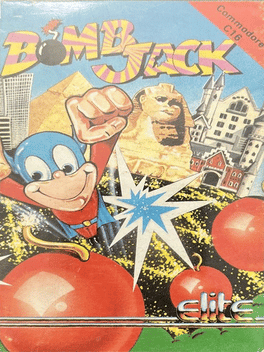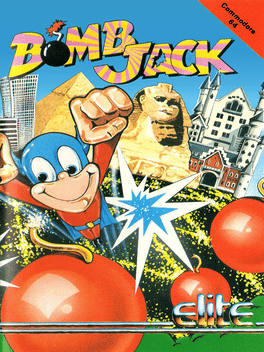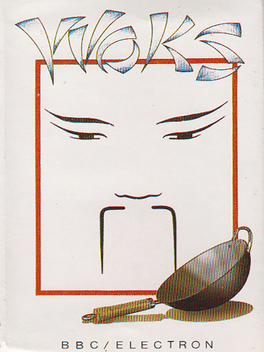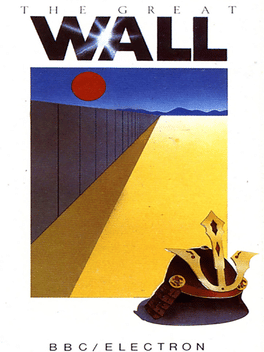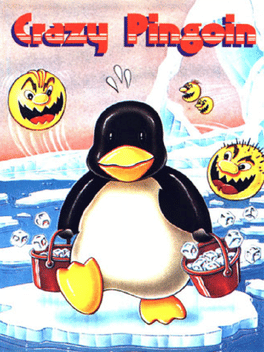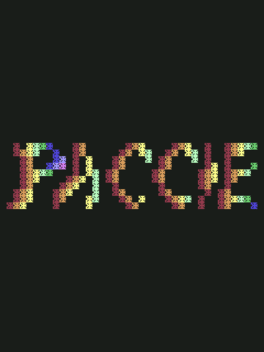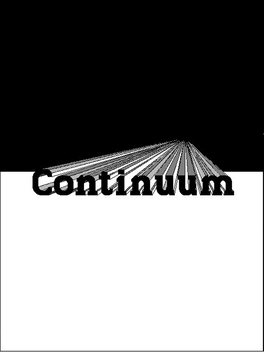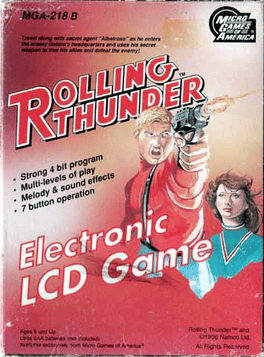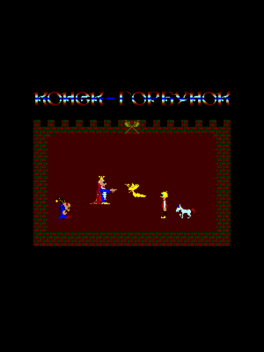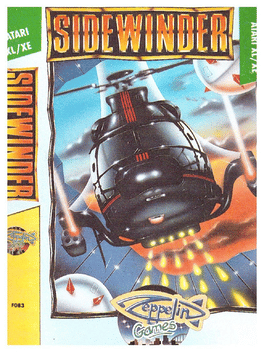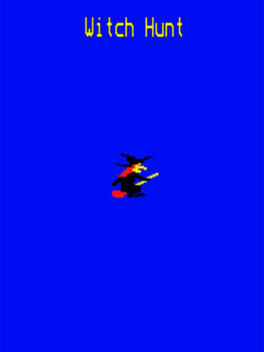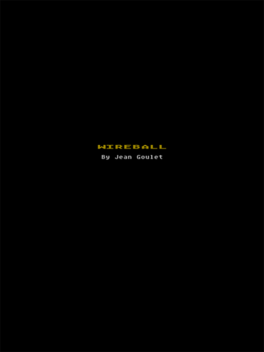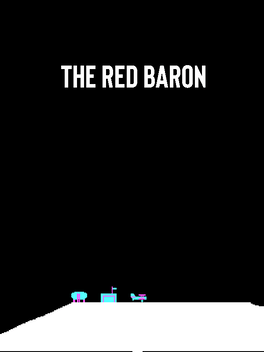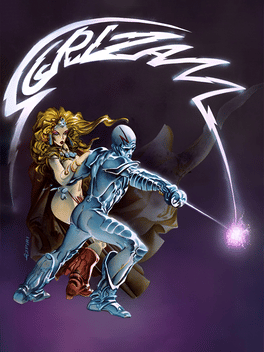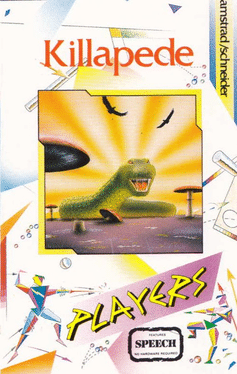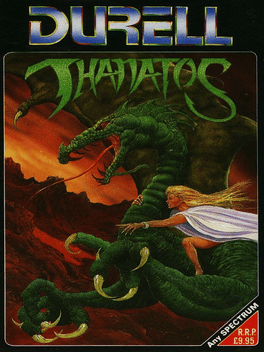New Gb Games - Page 232
-
Bomb Jack
1986
Bomb Jack
1986
In Bomb Jack, the player controls Jack, who must collect all the bombs in order to complete the current round and go onto the next one. -
Bomb Jack
1986
Bomb Jack
1986
The player controls Jack, a superhero who can leap and glide. Someone has planted 24 bombs at famous tourist sites (the Sphinx and Great Pyramids, the Acropolis, Neuschwanstein Castle in Bavaria, and two cityscapes resembling Miami Beach and Hollywood, which appear only as screen backgrounds rather than unique game locations). Jack must fly around the screen to collect the bombs. Each screen uses a different configuration of platforms upon which Jack may run and jump. Eventually, the levels reoccur a number of times with increasing difficulty. Jack "defuses" the bombs by simply touching them. As soon as he has touched the first, he triggers a sequence in which another bomb's fuse lights up, and so on. A player can score a bonus in each round by touching 20 or more bombs in the correct lit-fuse sequence. Jack may also defuse an unlit bomb by touching it, but this impedes his opportunity to score the bonus for that screen. It also delays the appearance of the game's bonuses and power-ups. The C64 conversion uses a co -
Woks
1986
Woks
1986
Emperor Pong hid all the WOKS in the palace strong rooms, and placed members of his elite forces to guard them. You as the people's champion have been chosen to get their WOKS back. There are nine rooms containing the WOKS, unfortunately some rooms have more guards than others, the first three have only one guard in each, the next three have two in each, the last three rooms have three guards in each. The only advantage you have is that the guards are highly disciplined and never change the route of their patrol, you must learn the routes if you have any chance of defeating them. -
The Great Wall
1986
The Great Wall
1986
The Great Wall is a clone of Hunchback. You have to jump over obstacles or walk under them. -
Crazy Pingoin
1986
-
Paccie
1986
-
Continuum
1986
Continuum
1986
When the very first Macintosh computer came out (128K RAM, 400k floppy) in 1984, my brother Randy Wilson wrote a video game called originally "Gravity Well" internally, and eventually "Continuum" when it was released (when released it was unable to run on the 128K Mac, instead it required the very next upgraded model of 512K). -
Rolling Thunder
1986
-
Dig Dug
1986
Dig Dug
1986
Dig Dug is a 1-2 player arcade game in which you have to use your shovel to dig your way through the earth. Stopping you from doing this are two monsters, called Pooka and Fygar, who will continually chase you around. The only weapon that you carry is an air pump, which you can use to inflate the monsters to the point where they explode. (if you start to inflate them but stop doing so, the monsters will get turned back to their normal selves). Furthermore, rocks are scattered throughout the earth, and you can use these rocks to squash them. If the monsters do not find you for several seconds, they will eventually get turned into ghosts, which can walk through the earth. They are invincible and cannot be killed. From time to time, vegetables will appear in the center, and you can get these for points. -
Konyok-Gorbunok
1986
-
Sidewinder
1986
Sidewinder
1986
Sidewinder is a side-scrolling shooter. The player assumes the role of the only survivor of a team of agents sent to capture the Sidewinder helicopter. As a pilot the player must escape through the caverns guarded by an enemy security system. The advanced Sidewinder technology costs a lot of fuel consumption. To refuel the helicopter, the player must shoot the fuel pods scattered in various places throughout the caverns. To advance to the next level, the player must reach the landing pad at the far end of the cavern. -
Witch Hunt
1986
-
Wireball
1986
-
The Red Baron
1986
The Red Baron
1986
The Red Baron is a single player game in which the player flies a bi-plane in a fixed side-scrolling environment. -
Aardvark
1986
-
Sgrizam
1986
Sgrizam
1986
The great Emperor Cophenix II, Lord of the kingdoms Normax and Dinax, has entrusted the rescue mission to his faithful vassal Mirdav who obtained as a reward for his success the hand of the princess and half of the fabulous treasure as a dowry. To achieve this, you will have to penetrate Kindos Castle and bravely face numerous enemies who will try to make your mission fail. The key to success lies in your weapon, the most precious jewel of the Empire: The sword SGRIZAM, victorious in a thousand battles, forger of legends, inspirer of passions.. -
Killapede
1986
-
Thanatos
1986
Thanatos
1986
A horizontal scrolling shoot'em up written by Gavin Raeburn and published by The Power House for the Commodore 64. -
Room Ten
1986
-
Infodroid
1986
